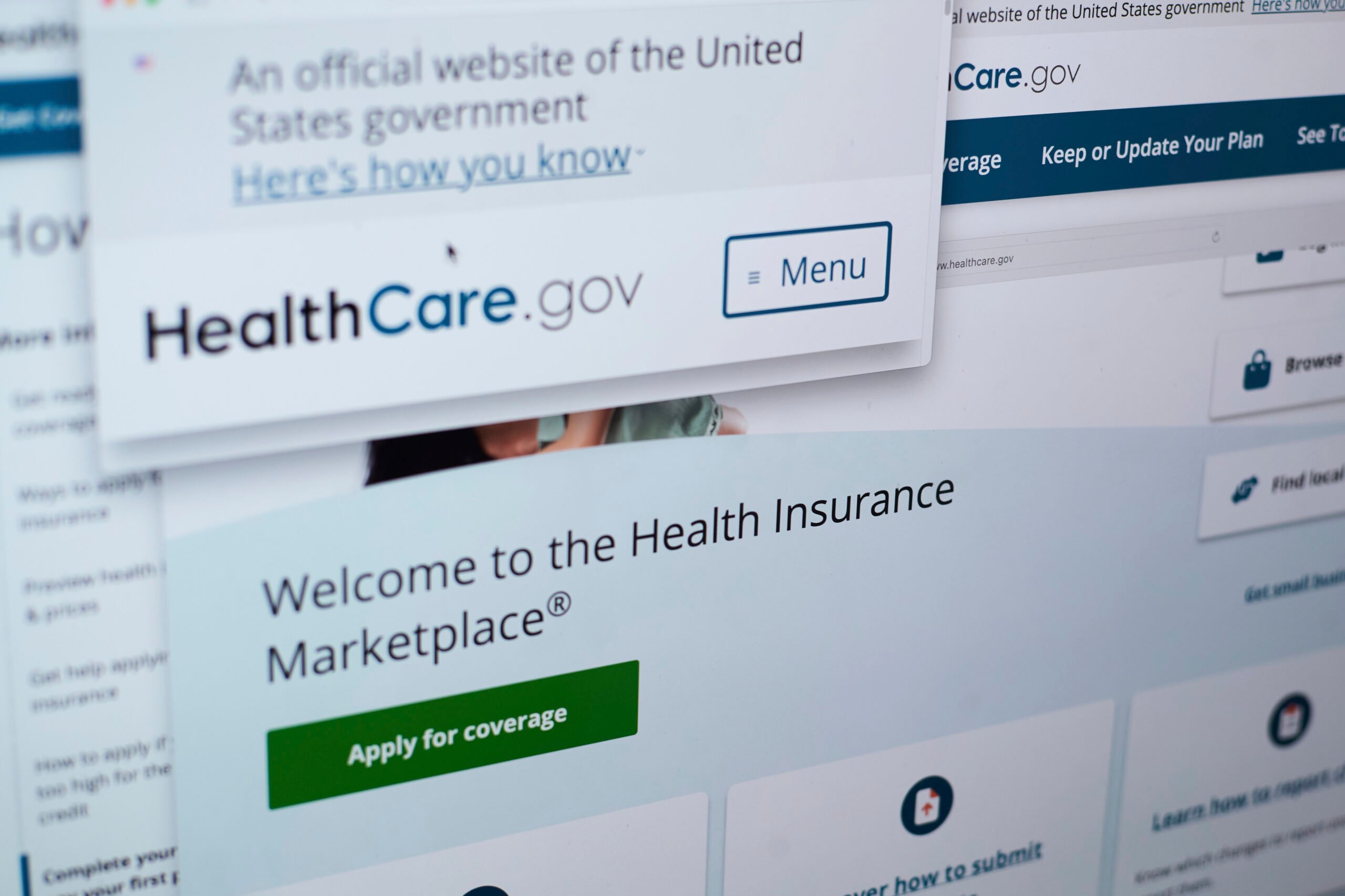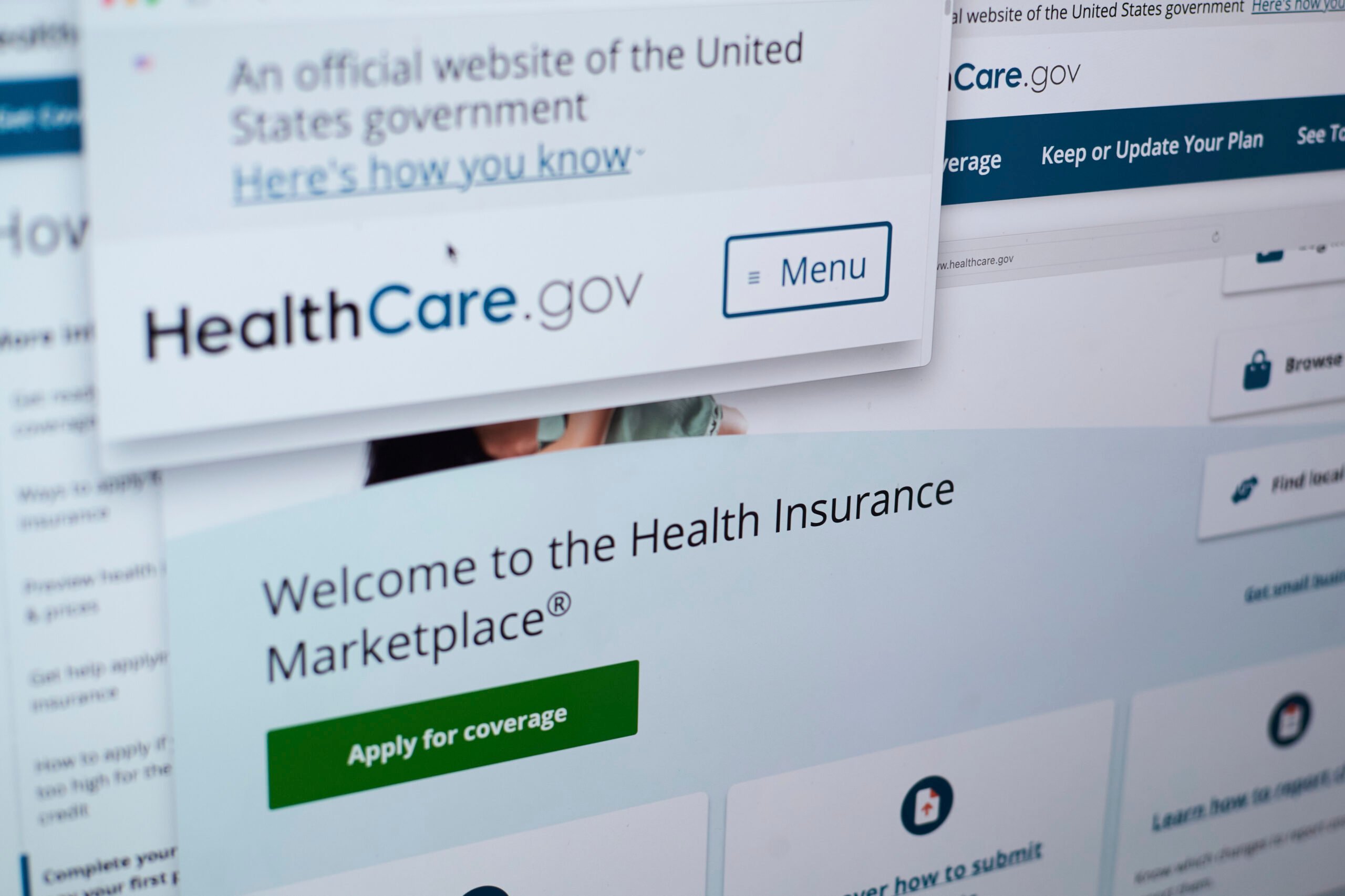
Pricey prescriptions and nagging medical costs are swamping some insurers and employers now. Patients may start paying for it next year.
Health insurance will grow more expensive in many corners of the market in 2026, and coverage may shrink. That could leave patients paying more for doctor visits and dealing with prescription coverage changes.
Price increases could be especially stark in individual coverage marketplaces, where insurers also are predicting the federal government will end some support that helps people buy coverage.
“We’re in a period of uncertainty in every health insurance market right now, which is something we haven’t seen in a very long time,” said Larry Levitt, an executive vice president at the nonprofit KFF, which studies health care.
What’s hitting insurers
In conference calls to discuss recent earnings reports, insurers ticked off a list of rising costs: More people are receiving care. Visits to expensive emergency rooms are rising, as are claims for mental health treatments.
Insurers also say more healthy customers are dropping coverage in the individual market. That leaves a higher concentration of sicker patients who generate claims.
Enrollment in the Affordable Care Act’s insurance marketplaces swelled the past few years. But a crackdown on fraud and a tightening of eligibility verifications that were loosened during the COVID-19 pandemic makes it harder for some to stay covered, Jefferies analyst David Windley noted.
People who use little care “are disappearing,” he said.
Prescription drugs pose another challenge, especially popular and expensive diabetes and obesity treatments sometimes called GLP-1 drugs. Those include Ozempic, Mounjaro, Wegovy and Zepbound.
“Pharmacy just gives me a headache, no pun intended,” said Vinnie Daboul, Boston-based managing director of the employee benefits consultant RT Consulting.
There are more super expensive drugs
New gene therapies that can come with a one-time cost of more than $2 million also are having an impact, insurance brokers say. Those drugs, which target rare diseases, and some newer cancer treatments are part of the reason Sun Life Financial covered 47 claims last year that cost over $3 million.
The financial services company covers high-cost claims for employers that pay their own medical bills. Sun Life probably had no claims that expensive a decade ago and maybe “a handful at best” five years ago, said Jen Collier, president of health and risk solutions.
Some of these drugs are rarely used, but they cause overall costs to rise. That raises insurance premiums.
“It’s adding to medical (cost growth) in a way that we haven’t seen in the past,” Collier said.
Marketplace pain is in the forecast
Price hikes will be most apparent on the Affordable Care Act’s individual coverage marketplaces. Insurers there are raising premiums around 20% in 2026, according to KFF, which has been analyzing state regulatory filings.
But the actual hike consumers see may be much bigger. Enhanced tax credits that help people buy coverage could expire at the end of the year, unless Congress renews them.
If those go away, customer coverage costs could soar 75% or more, according to KFF.
Business owner Shirley Modlin worries about marketplace price hikes. She can’t afford to provide coverage for the roughly 20 employees at 3D Design and Manufacturing in Powhatan, Virginia, so she reimburses them $350 a month for coverage they buy.
Modlin knows her reimbursement only covers a slice of what her workers pay. She worries another price hike might push some to look for work at a bigger company that offers benefits.
“My employee may not want to go to work for a large corporation, but when they consider how they have to pay their bills, sometimes they have to make sacrifices,” she said.
Employers may shift costs
Costs also have been growing in the bigger market for employer-sponsored coverage, the benefits consultant Mercer says. Employees may not feel that as much because companies generally pay most of the premium.
But they may notice coverage changes.
About half the large employers Mercer surveyed earlier this year said they are likely or very likely to shift more costs to their employees. That may mean higher deductibles or that people have to pay more before they reach the out-of-pocket maximum on their coverage.
Drug coverage changes are possible
For prescriptions, patients may see caps on those expensive obesity treatments or limits on who can take them.
Some plans also may start using separate deductibles for their pharmaceutical and medical benefits or having patients pay more for their prescriptions, Daboul said.
Coverage changes could vary around the country, noted Emily Bremer, president of a St. Louis-based independent insurance agency, The Bremer Group.
Employers aren’t eager to cut benefits, she said, so people may not see dramatic prescription coverage changes next year. But that may not last.
“If something doesn’t give with pharmacy costs, it’s going to be coming sooner than we’d like to think,” Bremer said.





